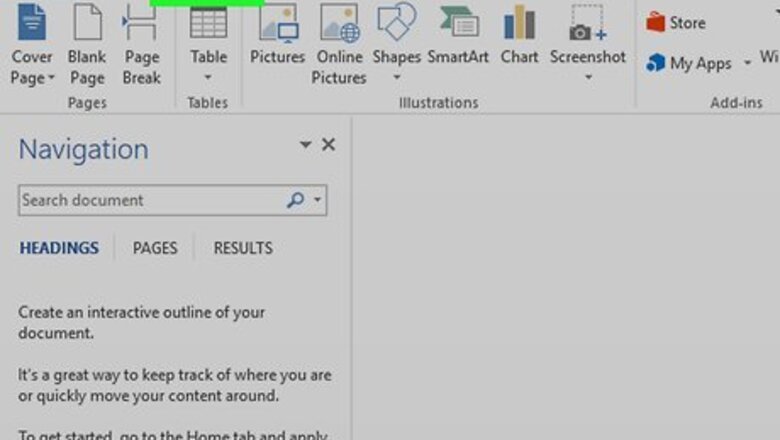
views
- Click Insert > Header (or Footer) > Edit Header (or Edit Footer).
- Headers and footers can contain custom text, page numbers, dates, and logos.
- Double-click a header or footer to make edits or change its settings.
Insert a Header or Footer
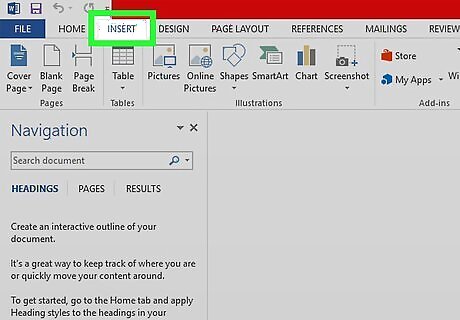
Click the Insert tab. It's at the top of Word on both Windows and Mac. If you've already inserted a header or footer and want to edit it, simply double-click it now.
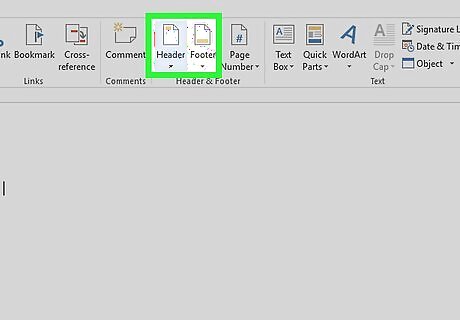
Click Header or Footer. You'll see these two options in the toolbar. A menu will expand. On the menu, you'll see different header and footer styles that you can use as a starting point—all are fully editable. You can select one of these now to add it to your document if you'd like. To edit the header or footer after placing it, just double-click it on the page. You can also browse more pre-made headers and footers in a variety of colors by clicking More Headers from Office.com.
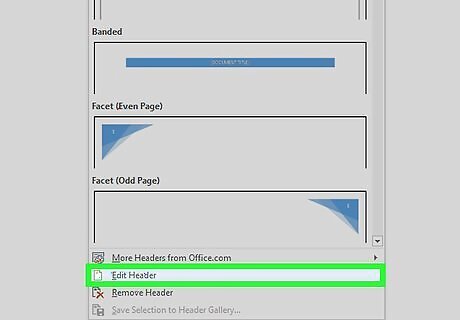
Click Edit Header or Edit Footer. Depending on the option you selected, you'll see one of these two options at the bottom of the menu. The Header & Footer tab toolbar will open. Every time you double-click a header or footer to edit it, the Header & Footer tab will automatically open.
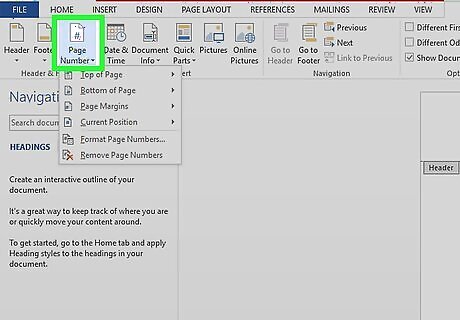
Click Page Number to add page numbering. If you didn't select a preset that has a page number, you can use this menu to insert one. Select any page numbering location and style from the menu that expands. Click Format Page Numbers on the menu to choose a different number format, such as Roman numerals or letters. You can also choose to add other numbering elements here, such as chapter numbers and headings.
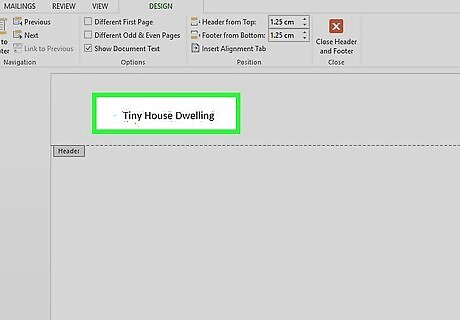
Add text to the header or footer. If you'd like to add specific text, such as your name, to the header or footer, you can easily type it at the desired location. If you chose one of Word's pre-made header or footer templates, you can edit the placeholder text by clicking the text and typing over it. Alternatively, you can add a text box to the header or footer, and then type your text into the box. To do this, click the Insert tab, select Simple Text Box, then resize the box to fit inside your header or footer. Once added, you'll be taken to the Shape Format tab, where you can select a color and style for the text box.
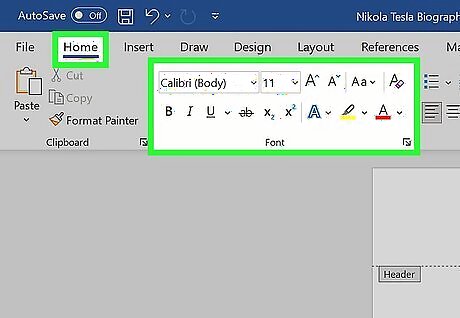
Customize text and colors. You can easily change the color and style of text in your header or footer using Word's standard tools. Highlight the text you want to change in your header or footer. Click the Home tab. Select a different font, size, style, or color from the toolbar.
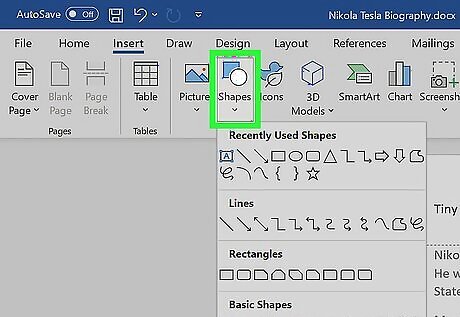
Insert lines and shapes. If you want to add a horizontal line or other shape to your header or footer, it's easy. Click the Insert tab. Click the Shapes menu. To add a colored horizontal line, click the first line in the Lines section, then draw your line by dragging the mouse. Or, you can choose a rectangle or another shape from the list. Once drawn, the Shape Format tab will open. Choose a preset line or shape color from the Shape Styles menu, or click Shape Outline to select a color from the palette. Use the Shape Effects menu to add effects like a shadow, glow, or bevel around your shape.
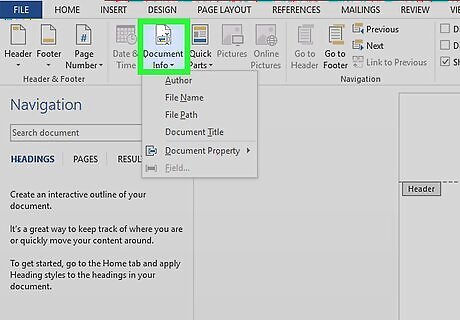
Insert other features into the header or footer. The "Insert" panel on the Design or Header & Footer tab contains a bunch of different features you can add to your header or footer: Date & Time: This allows you to select a date and/or time format to place in the header or footer. Document Info: Use this option to include certain information about your document in the header or footer, such as the document's title, author name, and file path. Quick Parts: Quick Parts are reusable text and properties that you can add to any part of your document, including headers and footers. Pictures or Online Pictures: You can use either of these options to place an image into your header or footer. For best results, stick to a small image, such as a decorative horizontal bar or logo.
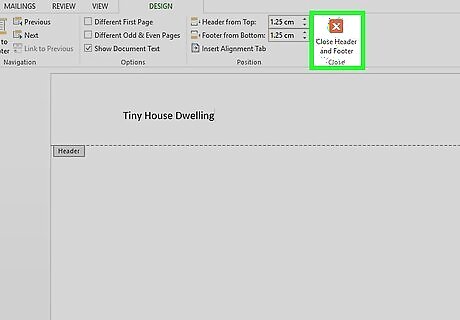
Click Close Header & Footer. It's the red-and-white "X" icon on the far right side of the Design tab. This closes the header and footer editor, which shows you how it will look on your document. If you added a header and want to add a footer as well (or vice-versa), return to the Insert tab and select Header or Footer as necessary. To delete your header or footer, click the Insert tab, select Header or Footer, then click Remove Header or Remove Footer.
Remove a Header or Footer from the First Page
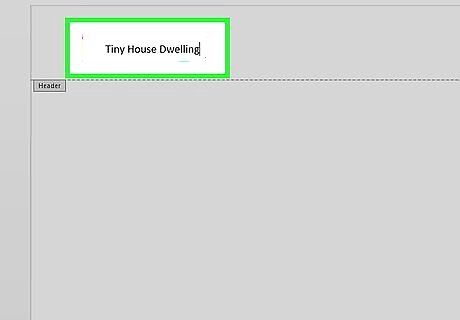
Double-click the header or footer on the first page. If you don't want the header or footer you created to appear on the first page of your document, use this method. Start by double-clicking the header or footer on the first page to open it for editing. You can also use this method to use a different header or footer for the first page from the rest of the document.
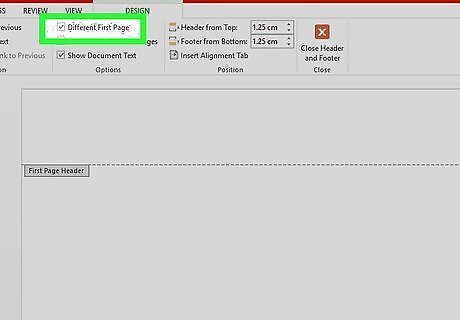
Check the box next to "Different First Page." It's on the Header & Footer tab, which opens automatically. This unlinks the header on the first page from the other headers in your document.
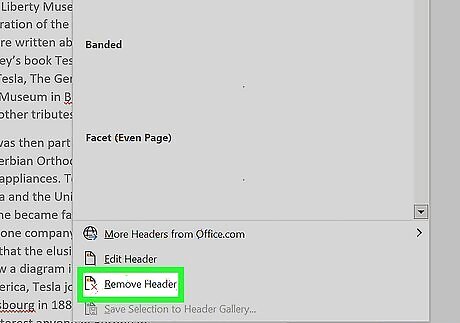
Edit or remove the first page's header or footer. Now that you've unlinked the header or footer from the rest of the document, you can customize or delete it without affecting the other headers. To remove it from the first page, click the Header or Footer icon in the toolbar, then click Remove Header or Remove Footer. Alternatively, you can just modify the text or formatting of the header or footer without affecting the rest of the document. If you'd like, you can check the box next to Different Odd & Even Pages to use different headers/footers on even and odd pages. For example, if you want odd pages to contain the title of your document and even pages to display a page number. The Show Document Text option just toggles the actual text of your document on or off so can see what the header or footer looks like without the document.
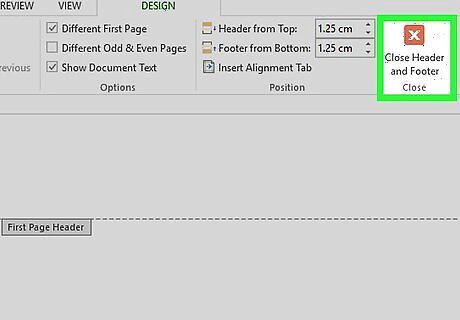
Click Close Header & Footer. It's the red-and-white "X" icon on the far-right side of the Header & Footer tab. This saves your changes.
Change or Remove One Header or Footer
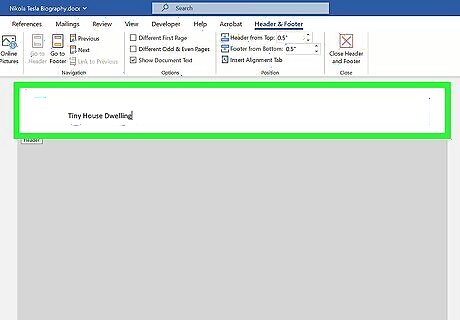
Click the top of the page you want to edit. If you want to use a custom header or footer on just one page of your document (or remove it from a single page other than the first), you can do so using section breaks. Don't double-click the header or footer itself—just click before the first letter or object on the page to place the cursor there.
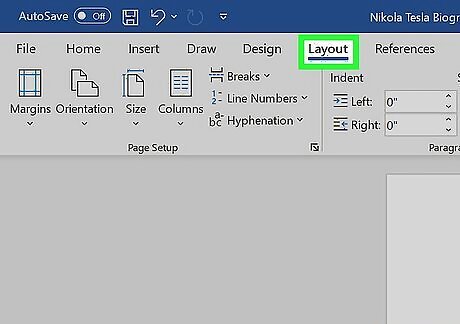
Click the Layout tab. It's in the toolbar at the top of Word.
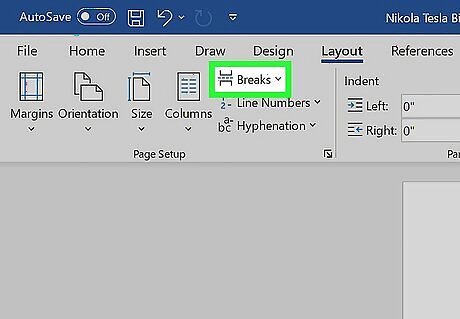
Click Breaks. This option is also in the toolbar.
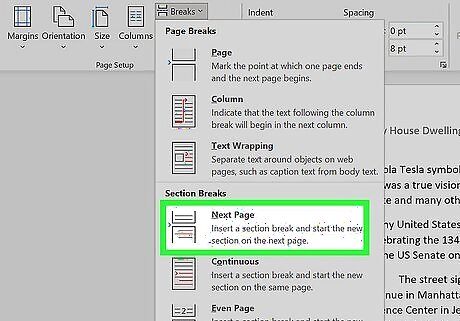
Click Next Page. This adds a section break to the top of the current page. You won't notice any changes just yet.
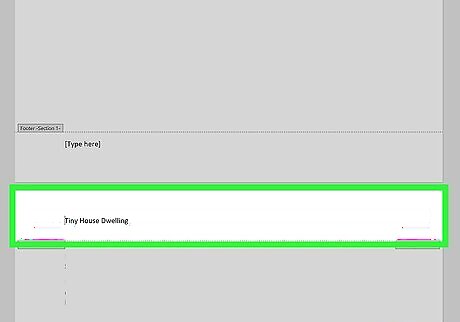
Double-click the header or footer. This opens the header or footer for editing.
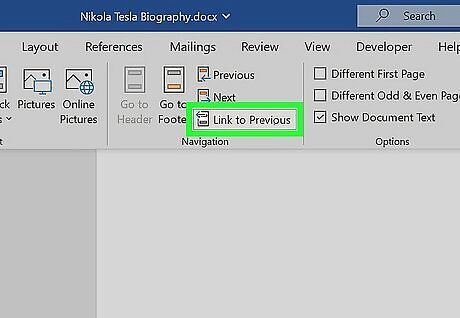
Click Link to Previous. This unlinks the selected header or footer from those before it.
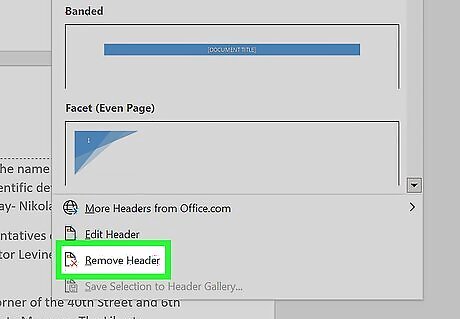
Customize or remove the header/footer. Now that it's unlinked, you can delete or modify the header or footer. To delete the header/footer, click either Header or Footer, then click Remove Header or Remove Footer. Alternatively, you can edit the header or footer as needed.
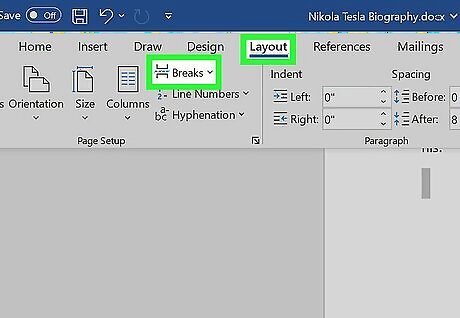
Add another section break to the same page. You're not finished yet—the last action changed all of the headers or footers in the rest of your document. But don't worry, you'll be able to fix it by adding a section break. Here's what you'll need to do: Click Close Header and Footer in the toolbar. Scroll down to the bottom of the page on which you changed or removed the header or footer. Click the mouse cursor at the end of the page. Click the Layout tab. Click Breaks. Click Next Page. You now have a new section break.
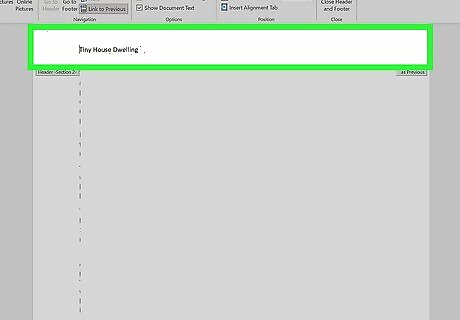
Double-click the header or footer on the next page. This opens it for editing.
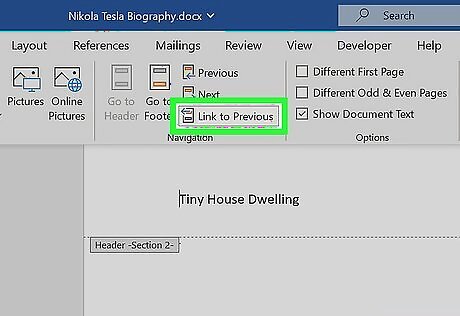
Click Link to Previous in the toolbar. Now that you've unlinked this header or footer, you can recreate it to match the headers/footers from the first part of the document.
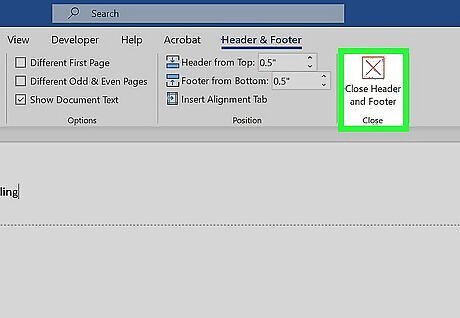
Recreate the header or footer. If you're using a header or footer preset, simply click the Header or Footer menu, then choose the same preset you were using. If it included page numbers, they'll still be correct. If you created a custom header or footer for the first part of your document, you can simply copy it from another page and paste it into this header or footer.
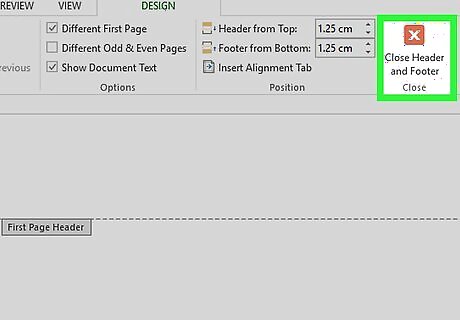
Click Close Header & Footer. It's the red-and-white "X" icon on the far-right side of the Header & Footer tab. This saves your changes.




















Comments
0 comment